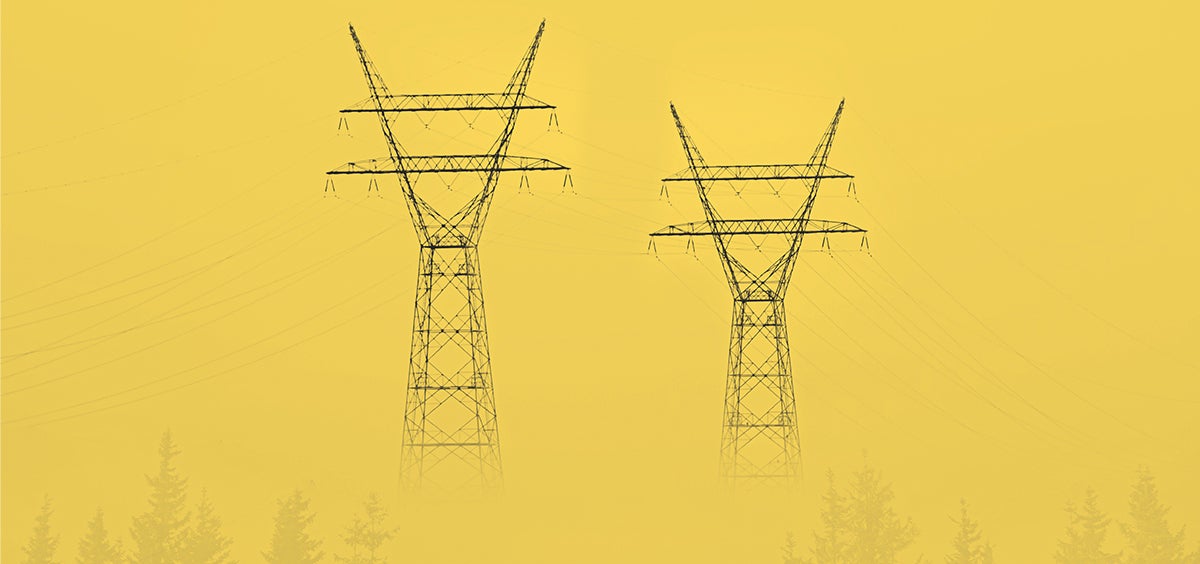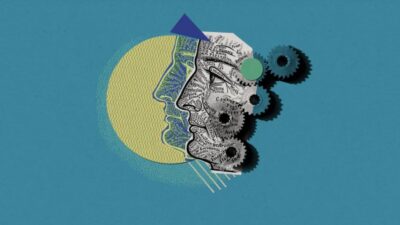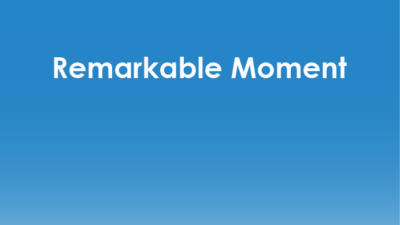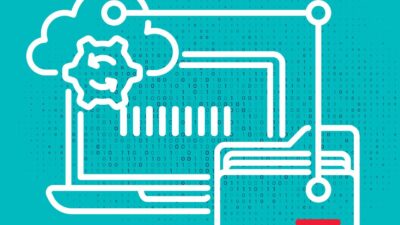If you care about climate change, you should care about transmission.
By Bill Gates
My first job, in high school, was writing software for the entity that controls the power grid in the Northwest. It was an amazing learning experience. We were computerizing the grid, and I got to work with some top-notch programmers. But when I would tell people about my job, I’d often get blank stares. The power grid just wasn’t something many people thought about back then.
That’s no longer the case these days. Extreme weather events have made a lot more people aware of power grids—and how they can fail. Two years ago in Texas, the local grid failed after three winter storms in a row. Hundreds of people died, and millions were without power for days. And just last month, extreme cold across the United States once again pushed power grids to the brink.
It doesn’t have to be this way. The solution is clear: We need to upgrade our grid, build more high-voltage transmission lines that can carry electricity long distances, and use those transmission lines to better connect regions and communities to one another.
If we do, we will make sure people always have power when they need it. And in the process, we will unleash the potential of affordable and abundant clean energy.
The United States has made remarkable progress over the last two years toward a future where every home is powered by clean energy. Thanks in part to historic federal investments, we’re on a path to use more clean electricity sources than ever before—including wind, solar, nuclear, and geothermal energy—which would reduce household costs, cut pollution, and diversify our energy supply so we’re not dependent on any one thing.
But to take advantage of this opportunity, we need to first bring our grid into the 21st century. (This is an issue in other places around the world, too, but I’m going to focus on the U.S. here.) The way we move electricity around in this country just isn’t designed to meet modern energy needs.
Since the beginning of the electric grid, power companies have placed most power plants close to cities. Railroads and pipelines were used to ship fossil fuels from wherever they were extracted to the power plants where they’d be burned to make electricity.
That model doesn’t work with solar and wind, because many of the best places to generate lots of electricity are far away from urban centers. Picture the windy plains of Iowa or the sunny deserts of Arizona. You can’t exactly ship sunlight in a railcar, so to maximize clean energy’s potential, we’re going to need much longer lines to move that power from where it’s made to where it’s needed. We’ll also need more lines, because our country’s demand will only go up in the years ahead as we electrify more things (like our cars!). Many estimates suggest electricity demand could more than double by 2050 to reach net zero.
Even if we weren’t working toward a clean energy future, though, we’d still need to update our grid. That’s because our grid infrastructure is just plain old. Most of our current transmission and distribution lines were built between the 1950s and 1970s, and they only have a 50-year life expectancy. This would be a problem in normal times, but the repeated extreme weather of recent years has only served to underline how vulnerable we are as we enter an era when these events will be more common.
Beyond being old and outdated, there’s another big problem making everything worse: Our grid is fragmented. Most people (including me a lot of the time) talk about the “electric grid” as if it’s one single grid covering the whole nation from coast to coast, but it’s actually a complicated patchwork of systems with different levels of connection to one another.
Our convoluted network prevents communities from importing energy when challenges like extreme weather shut off their power. It also prevents power from new clean energy projects from making it to people’s homes. Right now, over 1,000 gigawatts worth of potential clean energy projects are waiting for approval—about the current size of the entire U.S. grid—and the primary reason for the bottleneck is the lack of transmission. Complicating things further is the fact that new infrastructure projects are typically planned and executed by hundreds of individual utility companies that aren’t required to coordinate.
To clear the way, the United States needs to address the three main barriers that are to blame for the lack of progress:
- Planning: Like all infrastructure projects, new transmission lines and grid upgrades start with planning. Plans are usually based on near-term energy use forecasts or even backward-looking data—which means new lines aren’t being built with future needs in mind. The Federal Energy Regulatory Commission, or FERC, has recently proposed a rule that would require transmission providers to do longer-term and more forward-looking planning. It’s also considering other new policies that would potentially require regular regional coordination on interstate power lines. How these policies are developed and implemented will be critically important.
- Paying: The federal government determines how large-scale infrastructure improvements are funded—either via tax payments or through allocating cost to consumers. The Bipartisan Infrastructure Law passed in 2021 invested some money in transmission projects, but we need to invest more on the federal level while also making it more affordable for local authorities to undertake new projects. FERC should help address cost allocation problems by spreading the costs of big projects across entire regions instead of asking only the people at the end of the line to pay.
- Permitting: Although the federal government determines who pays for most transmission upgrades, states are primarily the ones who issue permits for new projects. The current permitting process is long, convoluted, and often outdated. As a result, we don’t build lines fast enough, and we’re slower than other countries. Some states—like New Mexico and Colorado—are doing innovative work to speed up the process. But there is a lot more room for policymakers to work together and make the permit process easier.
Although transmission is primarily a policy problem, innovation will help too. For example, grid-enhancing technologies like dynamic line ratings, power flow controls, and topology optimization could increase the capacity of the existing system. Breakthrough Energy Ventures, which is part of the climate initiative I helped start, has invested in new technologies like advanced conductors and superconductors—wires that use cutting-edge materials to get more energy out of smaller lines. But these technologies aren’t a substitute for real systemic improvements and building lines in places where they don’t already exist.
Climate change is the hardest problem humanity has ever faced, but I believe we have the human ingenuity to solve it. And if you care about climate change, you should care about transmission.
Put simply: Transmission is key to our clean energy future. If we address the barriers standing in the way of that future, it will lead to lower emissions, cleaner air, more jobs, fewer blackouts, more energy and economic security, and healthier communities across the country.





